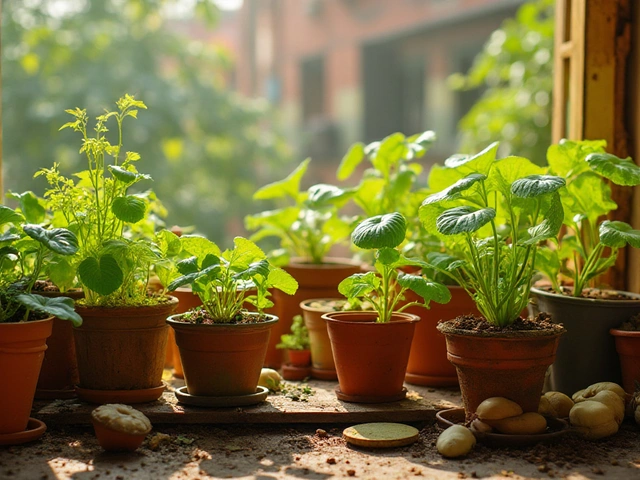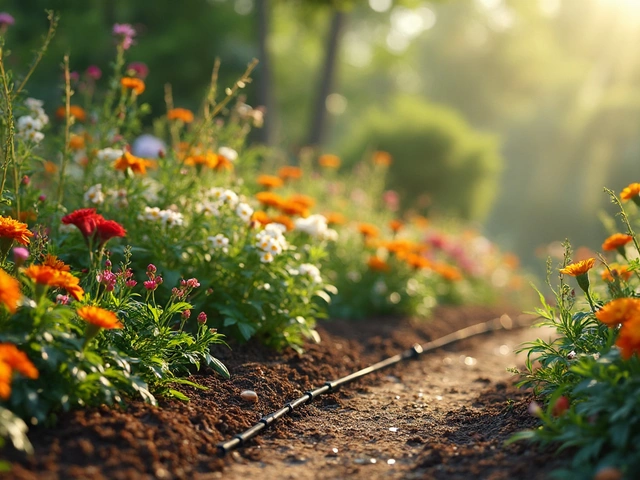Lotus Flower in India: Beauty, Meaning, and How to Grow It
Ever wondered why the lotus feels so special in Indian gardens and temples? It’s not just a pretty bloom – it’s a symbol of purity and resilience that thrives in muddy waters.
Cultural and Spiritual Role
From ancient Vedas to modern festivals, the lotus pops up everywhere. You’ll see it on temple doors, in yoga poses, and even on the national emblem. Families often keep a small pond or container with lotus plants for good luck during festivals like Mahashivaratri. The flower’s ability to rise clean from the mud matches the idea of staying pure despite life’s challenges.
Best Places to Grow Lotus in India
Lotus loves warm, sunny spots with plenty of water. The best regions are the plains of the Ganges, the ponds of Kerala, and the wetlands of Assam. If you live in a drier state, you can still grow lotus in a large plastic or earthen container filled with at least 30 cm of water.
Here’s a quick checklist:
- Sun: at least 6‑8 hours of direct sunlight daily.
- Water: keep the water level at least 5 cm above the soil.
- Soil: use heavy clay or a mix of garden loam and sand – the soil should stay soggy.
- Temperature: ideally 20‑35 °C; avoid frost.
Buy healthy rhizomes from a reputable nursery. Look for firm, plump rhizomes with a few leaves already sprouting. Plant them in late spring after the last chill, burying the rhizome just deep enough so the tips peek out of the water.
Water changes are key. Replace half the water every two weeks to prevent algae buildup. Use rainwater or let tap water sit for a day to let chlorine evaporate before adding it to the pond.
Feeding? A little fish fertilizer once a month does the trick. Too much can turn the water cloudy and hurt the roots.
Lotus spreads by sending out new shoots. If you want more plants, let the runners grow into side containers. Just be careful not to overcrowd – each plant needs space to spread its leaves.
Got pests? Aphids and beetles sometimes show up. A gentle spray of neem oil or a few ladybugs can keep them in check without harming the flowers.
When the flower buds appear, resist the urge to pluck them early. Let them open fully – the fragrance is strongest then, and you’ll get the full bloom for photography or offering.
After the blooming season, the leaves will start to die off. That’s normal. Let the plant rest over winter; in colder zones, you can store the rhizome in a cool, damp place and replant next spring.
Whether you have a big garden pond or a balcony tub, growing lotus is more doable than you think. With the right spot, water, and a bit of care, you’ll have those iconic pink or white blossoms floating gracefully, adding a touch of Indian tradition to your home.
Lotus Flower: Why It's the Most Iconic Flower of India
Uncover why the lotus holds the crown as India's number one flower. From history to gardening tips, let's see what makes this bloom so special.
About
Flower Gardening
Latest Posts


Eco-Friendly Yard Ideas: Sustainable Tips for a Greener Outdoor Space
By Alden Thorne Jul 17, 2025

Understanding the Drawbacks of Drip Irrigation Systems
By Alden Thorne Dec 24, 2024

Drip Irrigation Under Mulch: Is It Worth It?
By Alden Thorne Apr 4, 2025
